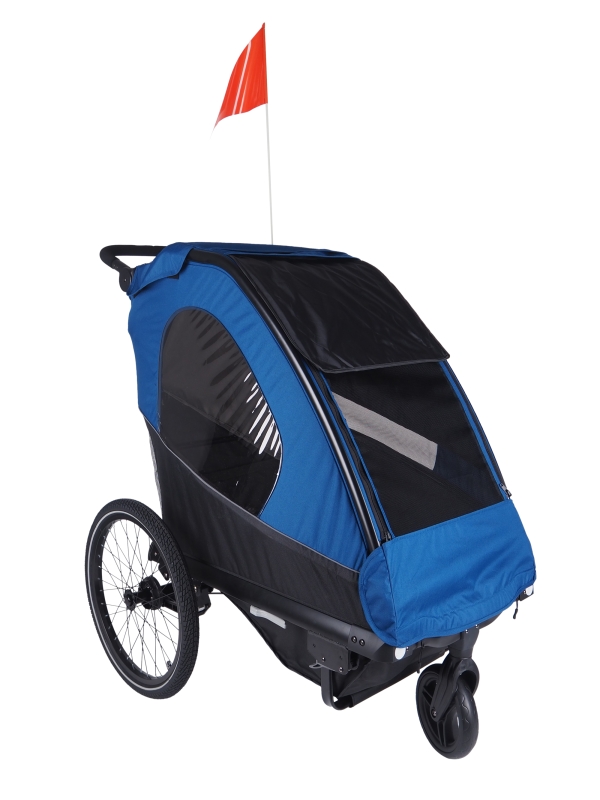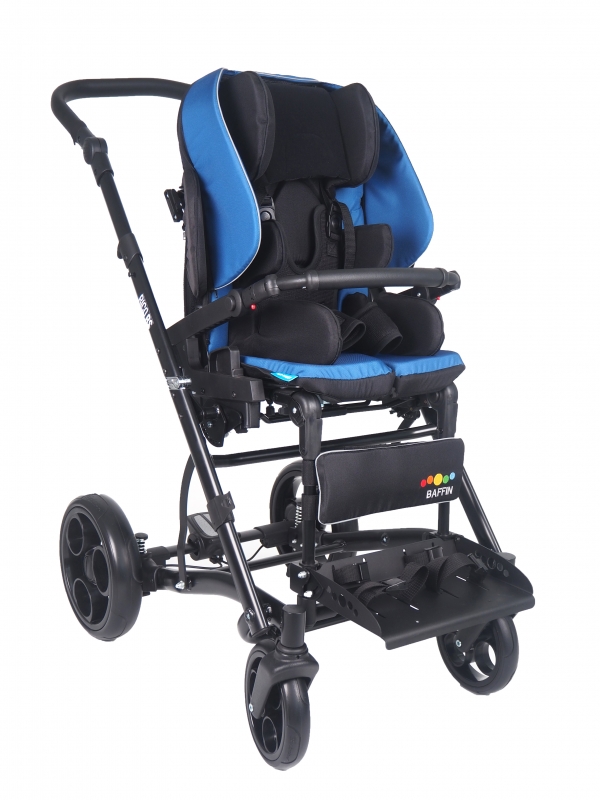Special strollers are the most popular and most frequently used by parents and carers form of orthopedic equipment for transporting a stabilized patient in a sitting position or in intermediate positions between sitting and lying positions.
The main function of special trolleys is mobility and transport. They accompany caregivers and patients in everyday life, making it easier to move around. In addition to this basic function, they should have certain characteristics. Despite appearances, the patient very often spends a large part of the day there. For this reason, in addition to the driving characteristics, weight, ease of folding and appearance, special attention should be paid to the body positioning system in which the special trolley is equipped.
What for and for whom special strollers are dedicated
It is the widest product group due to the large variety of designs, from umbrella strollers, through active and semi-active strollers, to fully stabilized strollers.
On the one hand, the multitude of types of special prams will correspond to the multitude of diseases of the patients who will use them, on the other hand, some features are common to all prams. One such feature is the depth of the stroller. In all trolleys, we strive to ensure that the patient's thigh is as well supported as possible while at the same time correctly positioning the pelvis. As a result, the seat cannot be too short (no thigh support) or too long (pelvic tilt). The second feature, indispensable in the case of special strollers, is to maintain the linearity and symmetry of our body, and thus to select the height and angle of the backrest of the stroller and the footrest in relation to the seat in order to maintain the therapeutic effects obtained during physiotherapy.
Proper positioning in a special trolley should include:
Proper positioning in a special trolley should include:
- Keep the head and torso in the frontal plane so that the back of the head and back are in line.
- Stabilization of the head and shoulders, which affects: eyesight fixation, the ability to make eye contact, shaping the ability to concentrate attention, improving the control of the speech apparatus. Shoulders should be slightly protected.
- Extending the torso, secured with appropriate side supports, preventing the loss of a stable position.
- The backrest is positioned at an angle of approx. 90 degrees to the seat plane with the additional possibility of adjusting the backrest in order to maintain a neutral position of the shoulder girdle, head and hip bend.
- Pelvis stabilized so that the sacrum touches the back of the backrest to avoid pelvic retrograde tilt.
- Adapted seat depth to safely support your thighs and keep the hip and knee joints at an angle of approx. 90 degrees.
- Separation of the lower limbs with an abduction wedge or abduction belts (recommended) if there is an adductive tendency.
- Feet resting flat on the footrest, with the possibility of comfortable pinning them in line with the knee joints.
- Adjustable footrest height so that the thigh rests along the entire length of the seat, and the feet are at appropriate distances from each other parallel to the thighs.
- Additionally, an important issue for maintaining the comfort of safety and the development of cognitive functions is the ability to change the child's direction of travel (forward or backward facing)
Special strollers - for whom?
Special strollers are most often used in the following diseases: cerebral palsy, muscular dystrophies, paralysis of various origins, spinal bifurcation, meningeal hernias, conditions after spinal injuries, conditions after craniocerebral injuries, conditions after strokes, posture defects, in particular spinal scoliosis.


 English
English  Czech
Czech  Polski
Polski 




